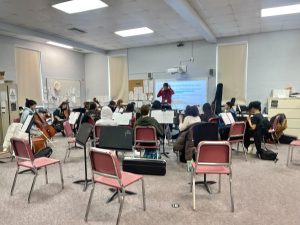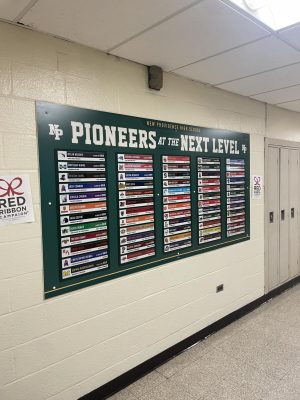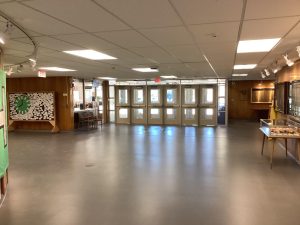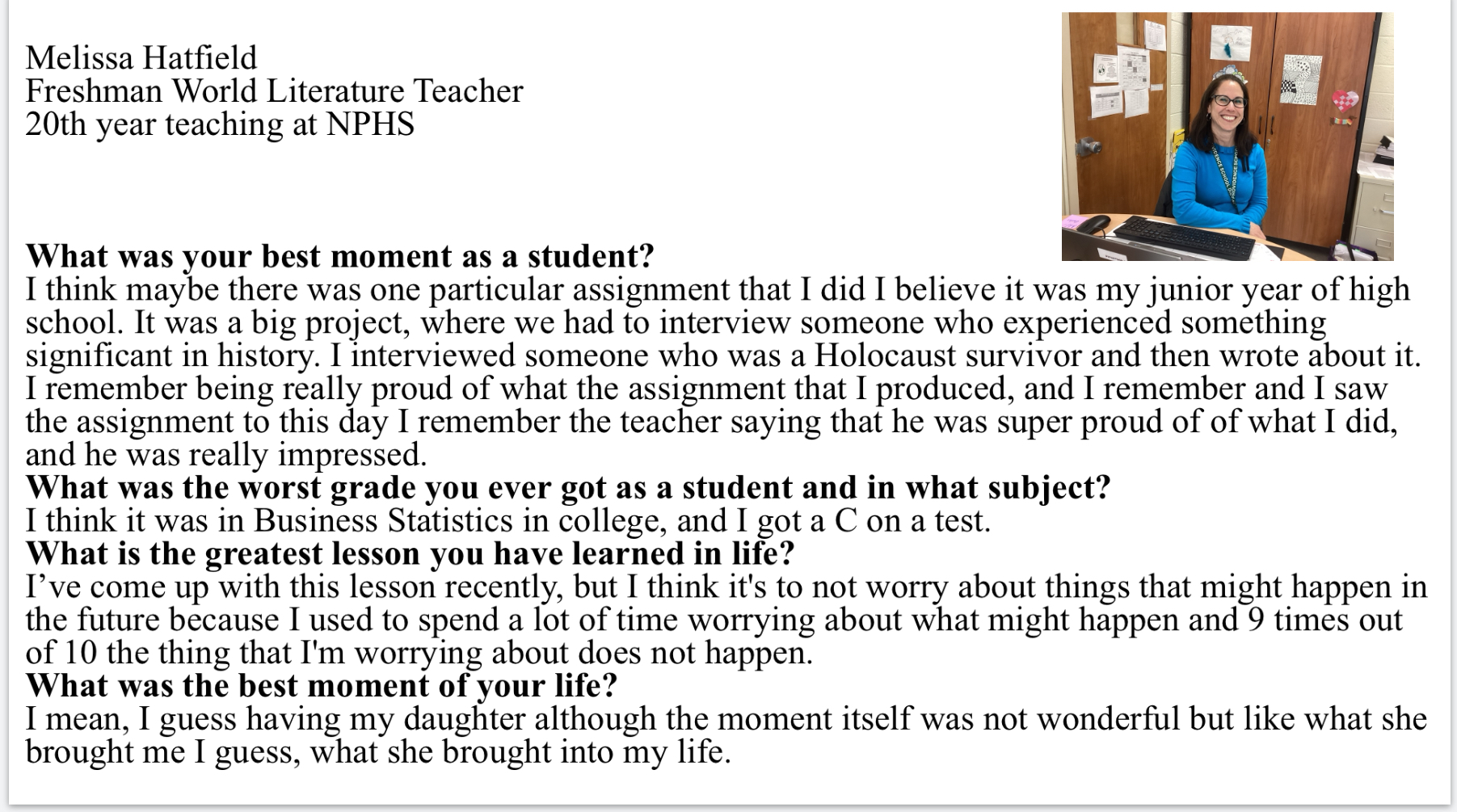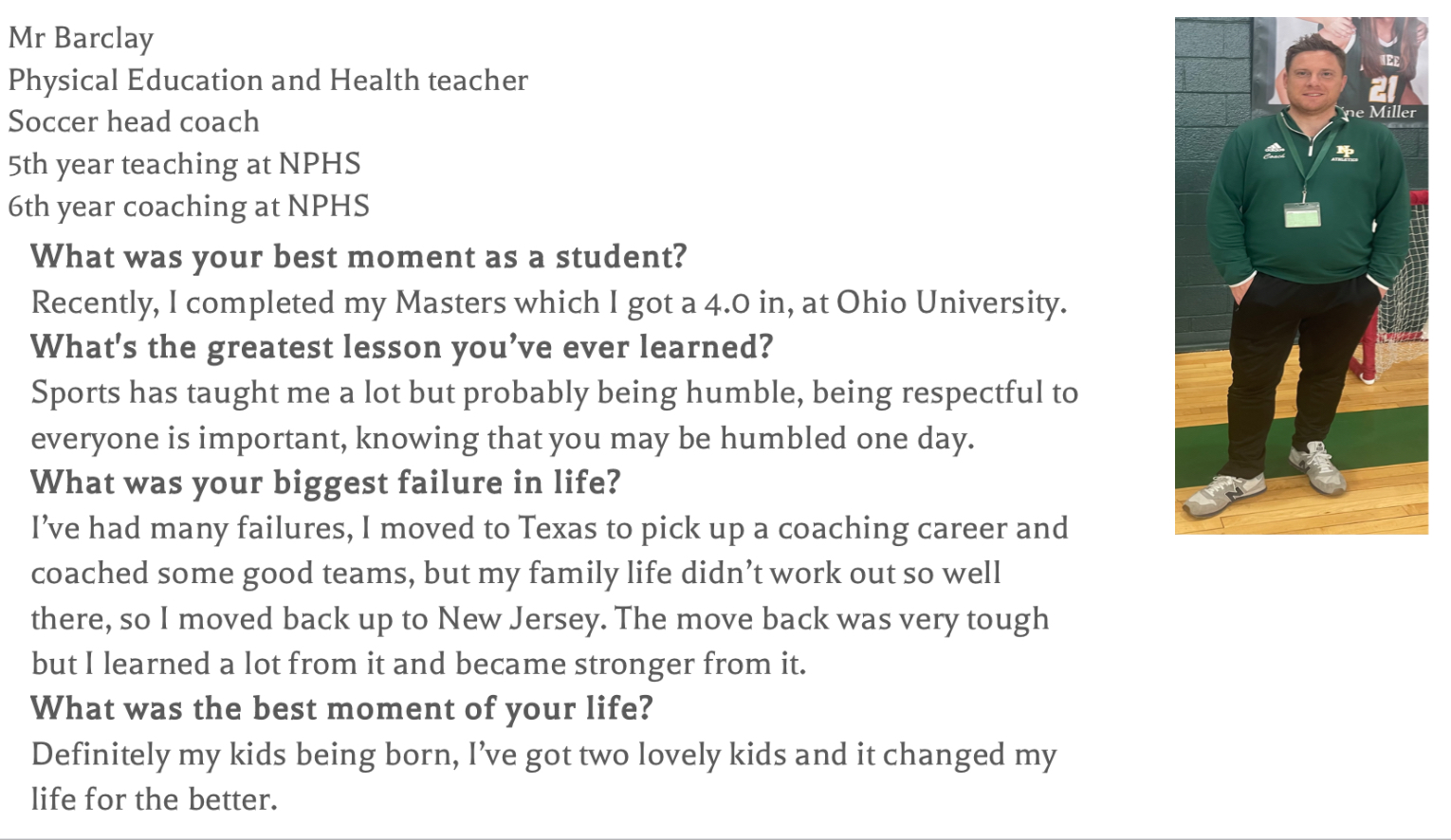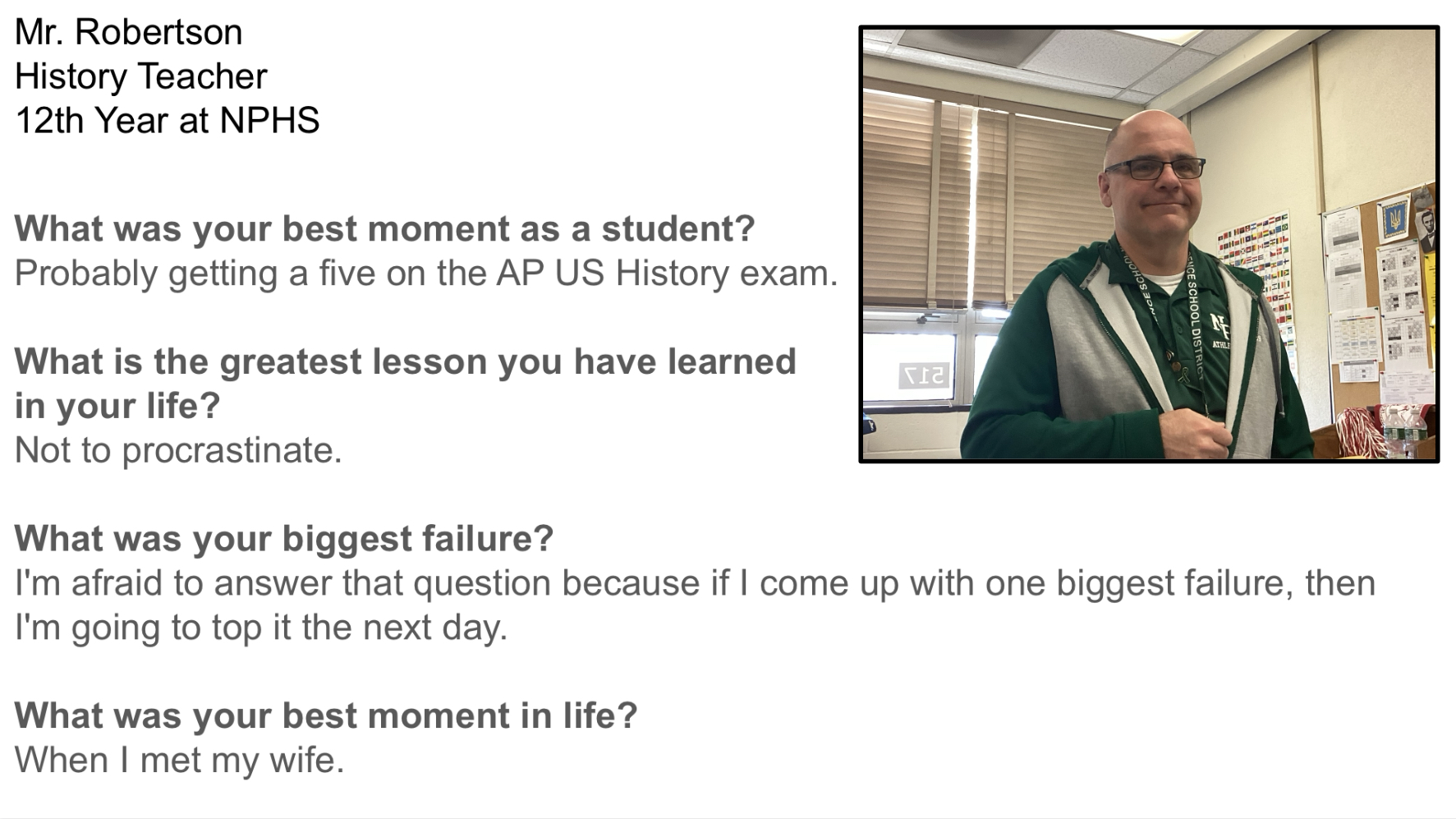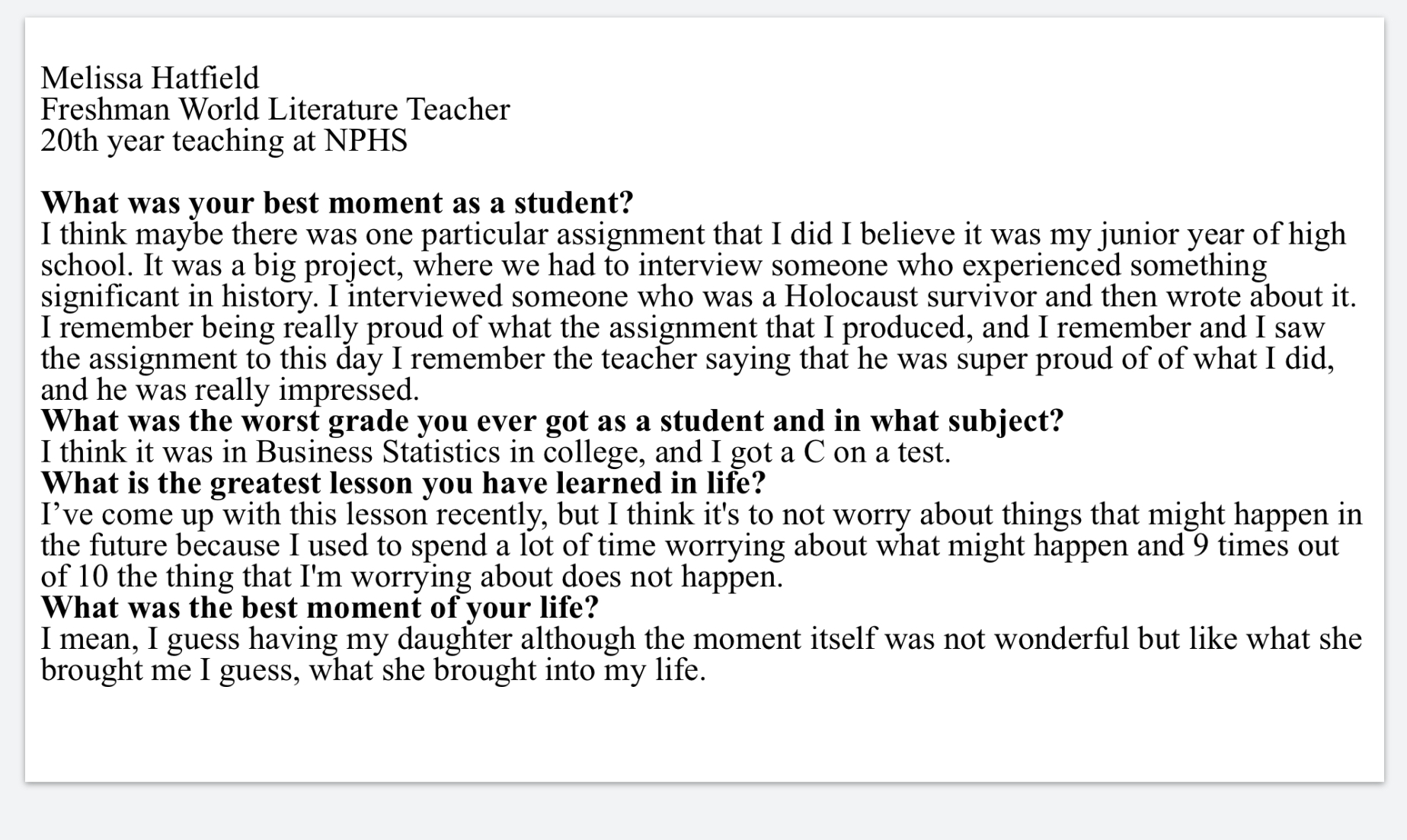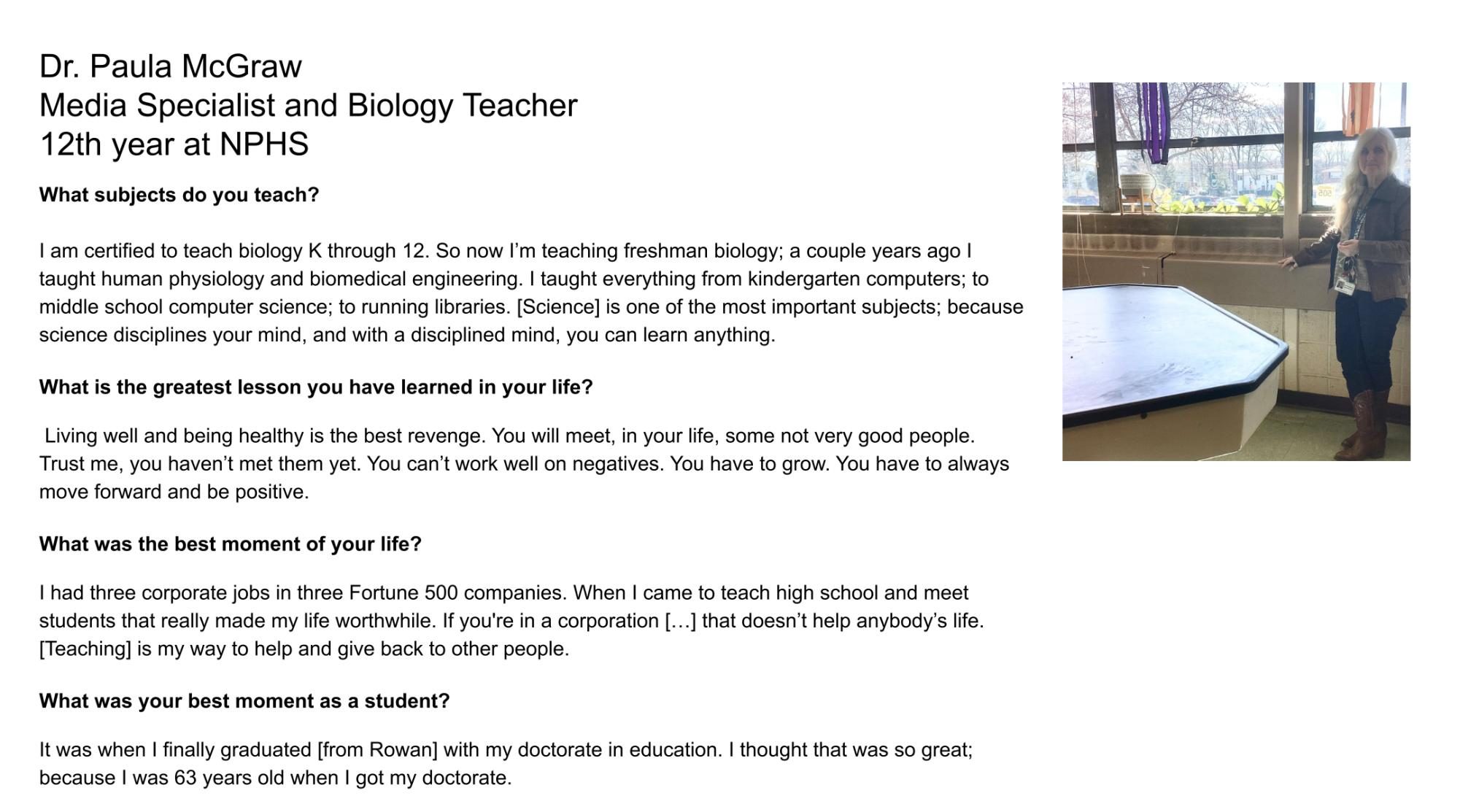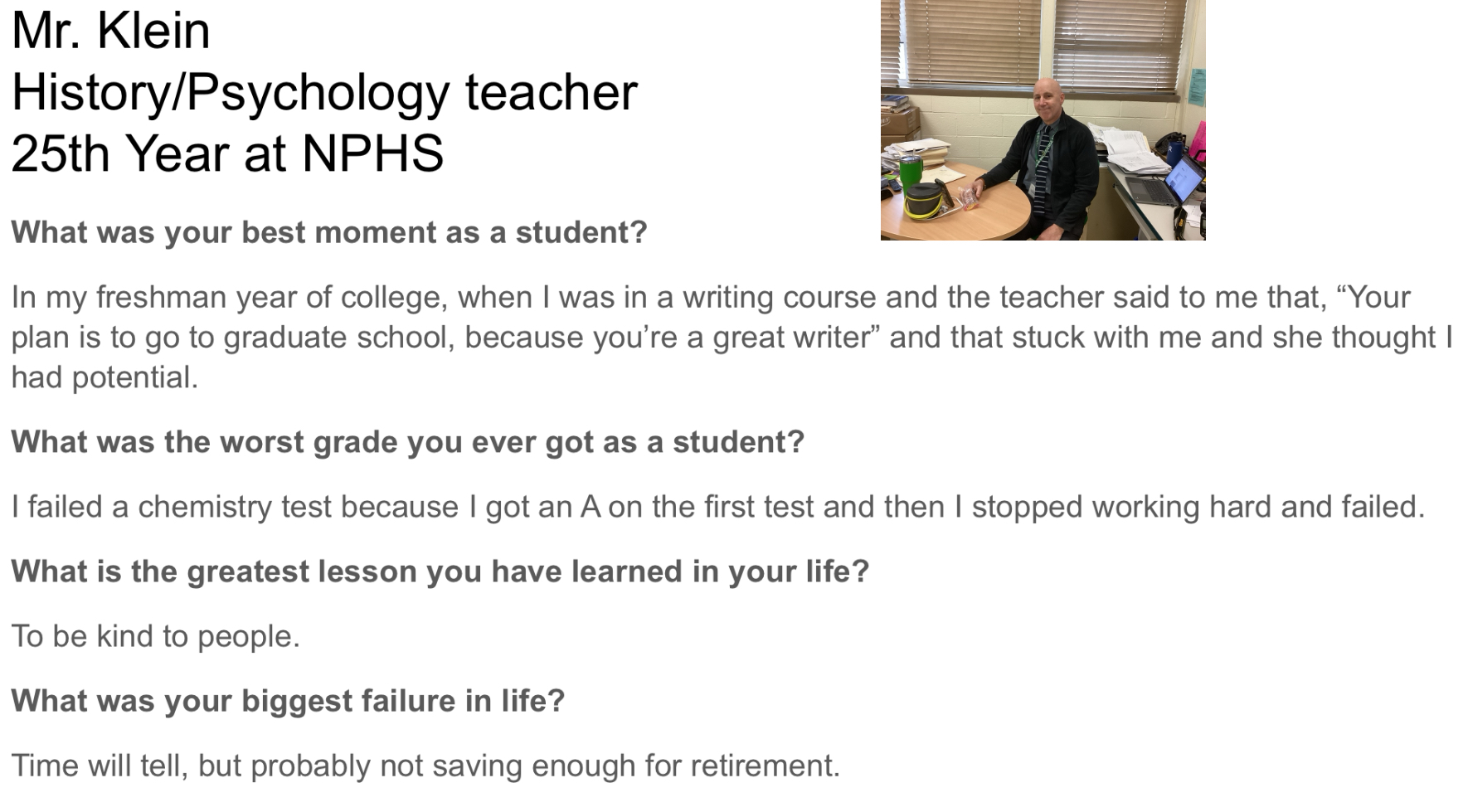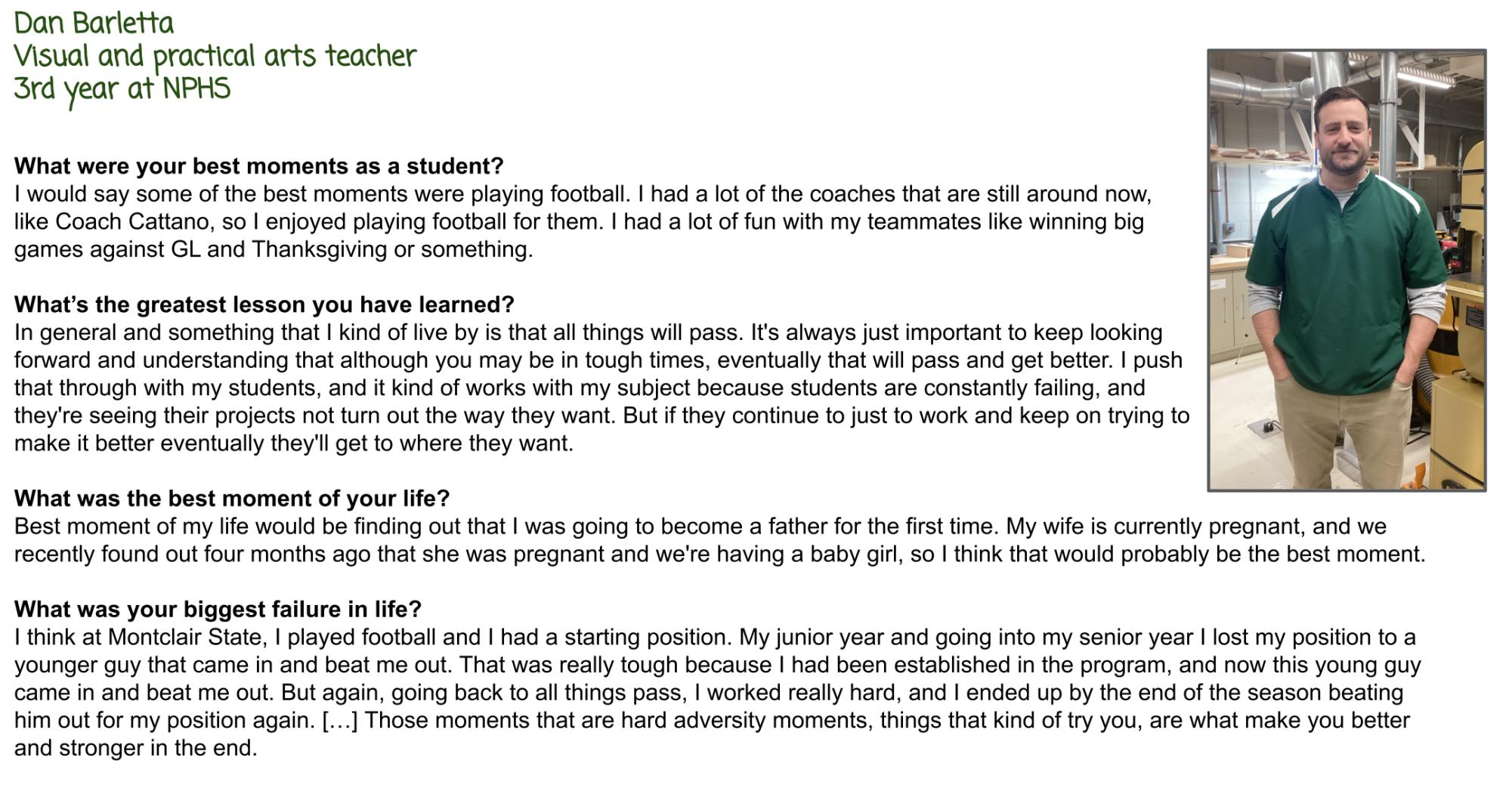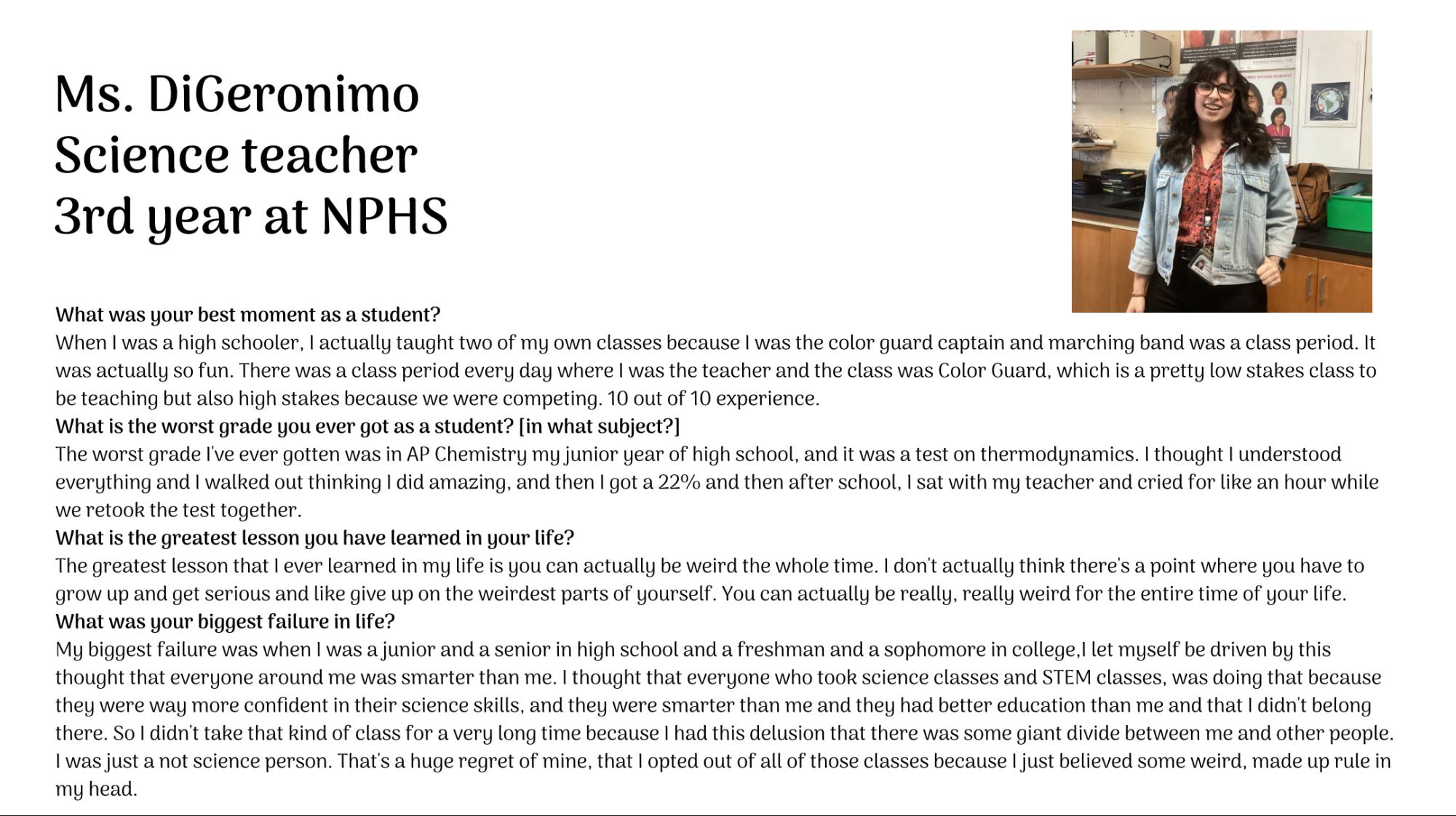The New Normal: Virtual Learning
October 26, 2020
We can all agree this school year has been very interesting. Both students and teachers have had to change the way they learn and teach and adapt to the new way of learning.
Since the start of virtual learning everyone has faced new challenges. All teachers have had to change the way they teach to make sure the people in school and at home are understanding and learning at the same pace. Many teachers struggle with making sure all students are participating, paying attention, and learning while at home with all the distractions.
Mrs. DeNicola, the Italian teacher and World Language Department Head, explains one of her biggest challenges with online learning: “The biggest challenge for me with virtual learning is to stay connected with all my students.”
Many people in general prefer human interaction, so not being able to interact either with teachers or other students every day is a new challenge. It is hard for both teachers and students to build a relationship and get comfortable around each other.
Another challenge everyone can relate to is having internet issues. While on zoom, many students at home get kicked out of classes because of their wifi connection. Obviously this can affect the ability of students to learn and teachers to teach.
Mrs. Johnson-Tiongson, a Fine Arts Teacher and the Department Head of Visual & Practical Arts, faces challenges with communicating with her students. One of the biggest challenges she faces is, “Addressing all the needs of my students in the classroom and at home in a short period everyday.”
Communication is key especially during this time where we are not in school every day, and some not at all.
Mrs. Pasuit, HS STEM/Biology Teacher, faces challenges throughout all the classes she teaches, yet does not let it affect her: “Each day brings its own unique challenges! They are many and varied. That being said, there has not been a challenge so great that it has impeded forward progress.”
Mrs. Johnson-Tiongson faces challenges of not being able to get to everything she wants to do: “I can never get what I feel is enough done in a class period, but I think most teachers feel that way.”
Mrs. DeNicola is not always able to “[Keep her] students engaged and motivated and [have] them interact with each other and work together.”
Other than all the challenges teachers and students are facing getting used to this new reality there are also many positives that come out of it. All students are preparing themselves for the future while working at home because more colleges are doing online lectures and have online classes. More companies are starting to have more positions for jobs that are from home. All students are preparing themselves for what is to come in the future.
“I think it is amazing that we can still teach, learn and create during this crazy time in our world because of technology,” Mrs. Johnson-Tiongson states.
Teachers are also able to use creativity to come up with new ideas on how to teach. Many teachers have been incorporating bitmojis into their classrooms, having students make “virtual lockers,” using new websites to teach, and incorporating fun activities into learning.
“Virtual learning is allowing me to think outside of the box and is giving me the opportunities to create different learning experiences for my students and better use of technology,” Mrs. DeNicola explains.
“The best part about virtual teaching is being able to explore new manners in which to deliver content and monitor student progress,” Mrs. Pasuit stated. “I have employed some exciting new approaches that will endure beyond this school year! […] Virtual learning can be advantageous to the student if they are self-motivated and have ideal working conditions at home.”
Overall, virtual learning has both its advantages and disadvantages. It helps both students and teachers in many ways even with its challenges.




